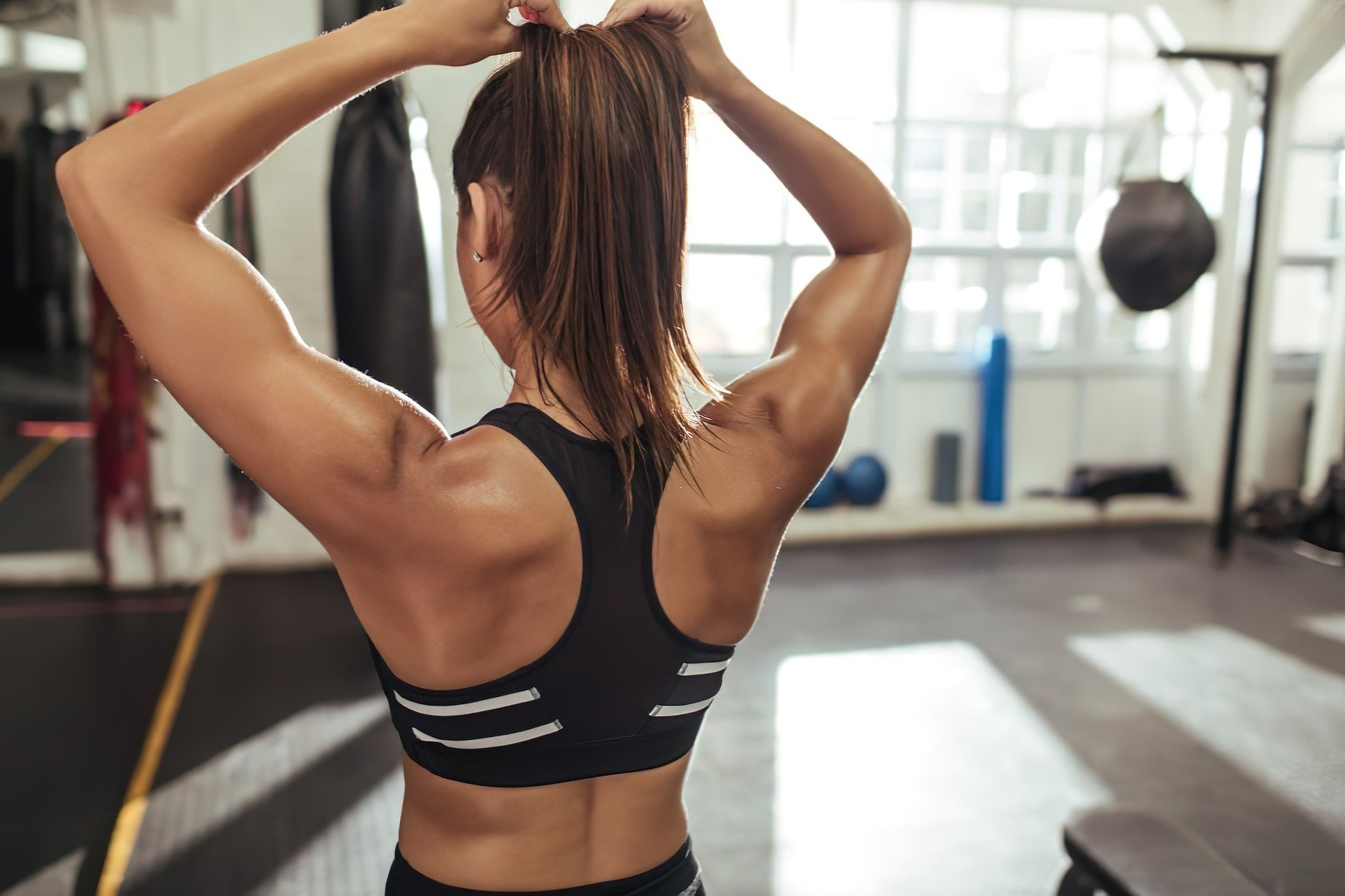What is a Yoga Swing?
A yoga swing, also known as a yoga trapeze, is a versatile fitness tool that can elevate your yoga practice to new heights. It consists of a main sling, handles, and ropes which allow for various suspended poses aimed at increasing flexibility, building strength, and relieving back pain.
Components of a Yoga Swing
The yoga swing typically comes with several components that need to be assembled. These include the main sling, three sets of handles, ropes for mounting, and carabiners. Each component plays a specific role in ensuring safety and versatility during your practice.
Main Sling
The main sling is the central part of the yoga swing where you either sit or lie down. It is made of durable material and often comes in a two-tone color, allowing you to distinguish between the inside and outside. The seamed edges and secure design make it a comfortable seat for various aerial yoga poses.
Handles and Clips
There are generally three sets of handles on each side of the main sling, which can be adjusted for height and size using clips. The handles are often flattened for shipping, so they need a bit of adjustment before the first use.
Mounting Ropes
The ropes serve the crucial function of suspending the yoga swing. These usually come with a metal hook on one end and a knot on the other, allowing for multiple mounting options such as over beams, poles, or from the ceiling.
How to Install Your Yoga Swing
Setting up a yoga swing is a straightforward process if done correctly. The installation can be done using beams, poles, or ceiling mounts, and here’s a step-by-step guide:
Step 1: Mounting the Ropes
Begin by throwing the ropes over a secure beam, pole, or through a ceiling mount. If you’re using beams, ensure they can support your weight. For ceiling mounts, ensure the hooks or bolts are securely fastened.
Step 2: Attaching the Carabiners
Attach the carabiners to the ropes. One carabiner should go through the metal hook, and the other through the knot. This configuration ensures strength and stability.
Step 3: Connecting the Main Sling and Handles
Clip the handles and main sling to the carabiners. Make sure the sling’s position is even and untwisted. Use the clips to adjust the handles so that your gripping and sitting experience is comfortable.
Height and Distance Adjustments
The perfect height for a yoga swing is generally about navel or waist level, but it can be adjusted to personal preference. If the ropes are too long or short, they can be customized by adding extra ropes or adjusting the existing ones. The optimal distance between the two ropes should mimic the width of your arm span when positioned like the letter ‘V’.
Benefits of Using a Yoga Swing
Incorporating a yoga swing into your yoga practice brings multiple benefits:
- Enhanced Flexibility: Suspended poses allow deeper stretches.
- Increased Strength: Holding poses while suspended builds muscle strength.
- Back Pain Relief: The inverted positions can help decompress the spine.
- Versatility: Offers options for both beginners and advanced practitioners to try various aerial poses.
The versatility of the yoga swing makes it an excellent addition to any yogi’s toolkit. The correct setup ensures safety and comfort, allowing practitioners to fully enjoy its numerous health benefits.



